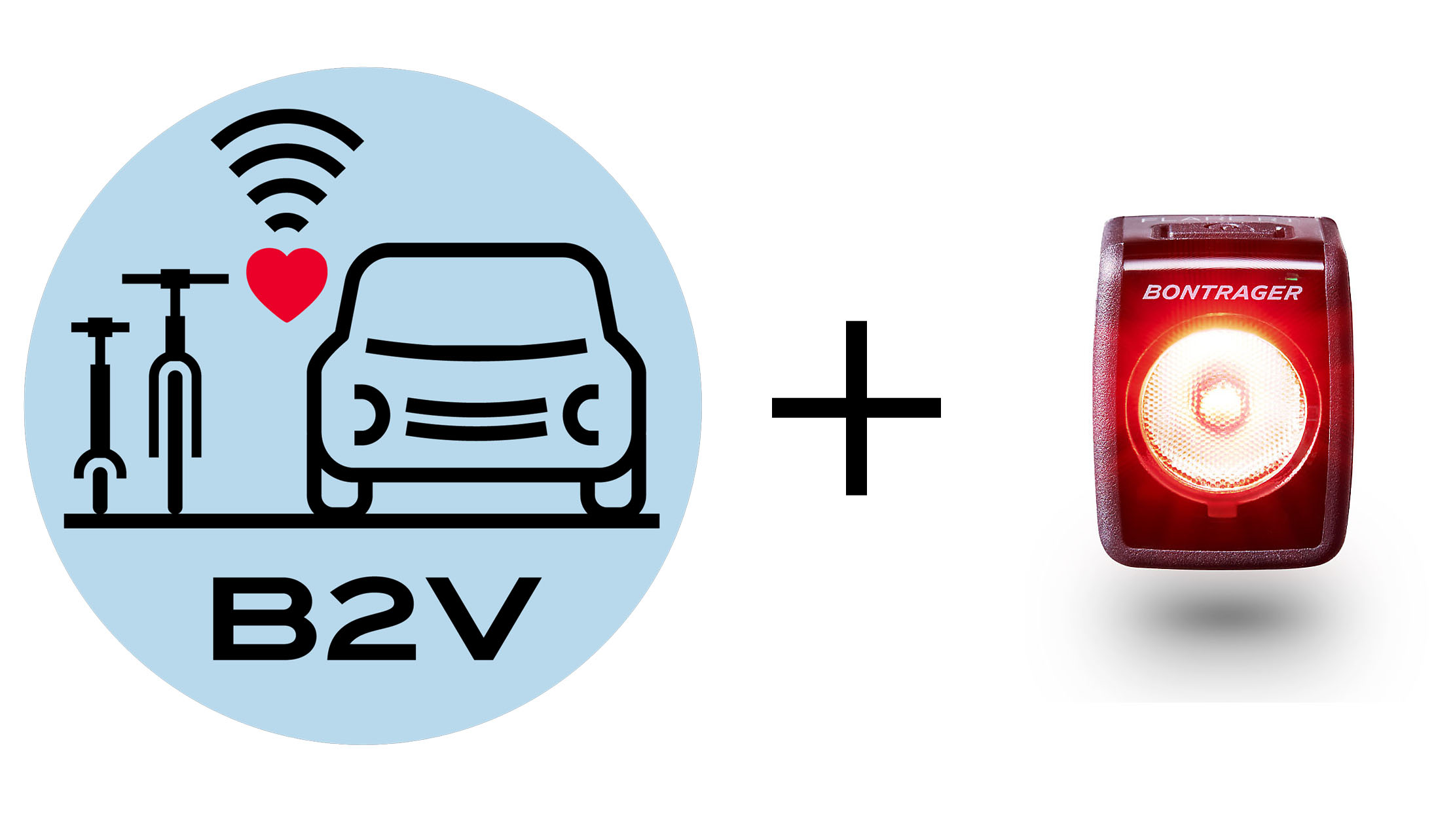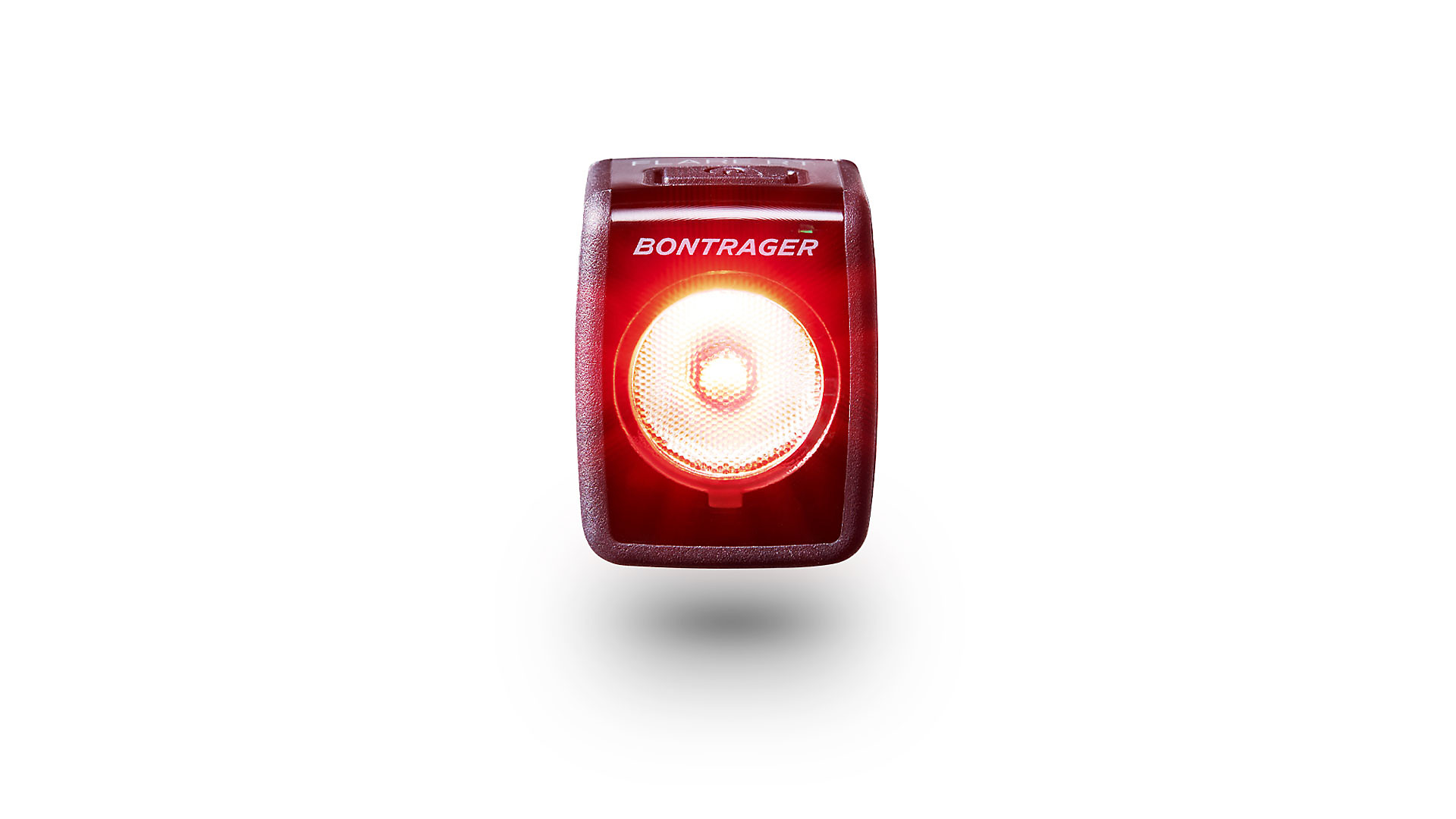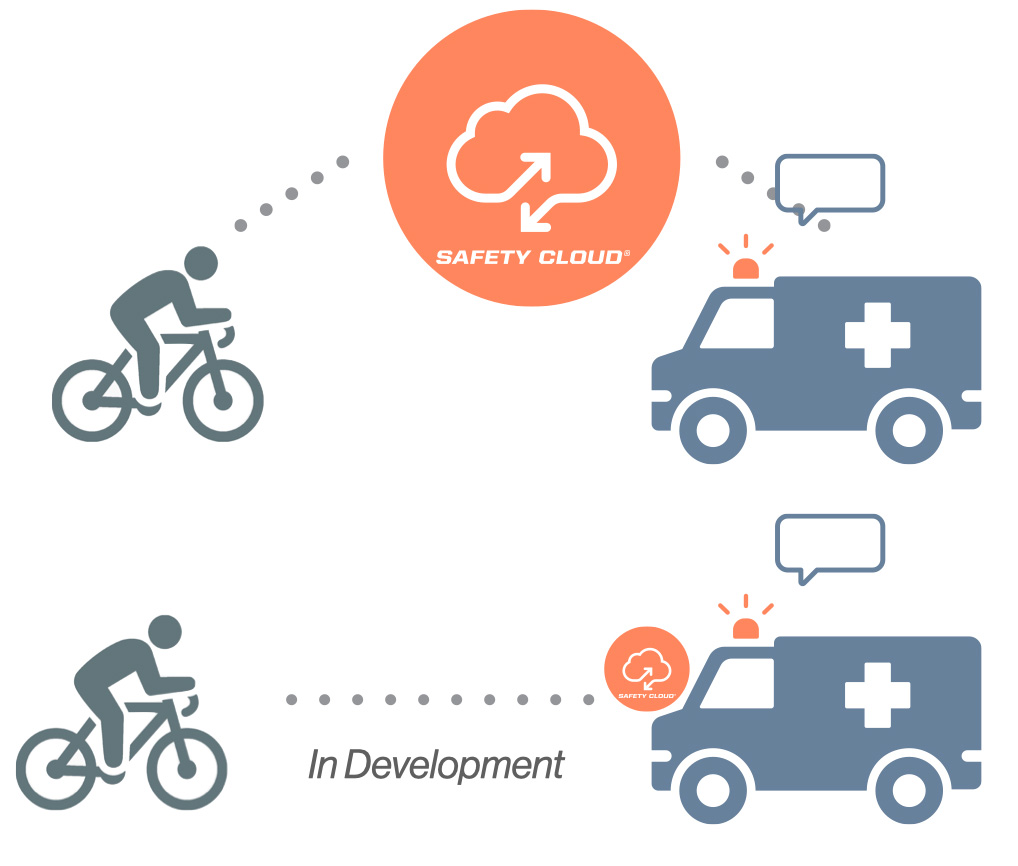Currently, the Consumer Electronic Show is in full swing – only, it’s gone 100% digital. Even though there’s no physical show floor to roam, there are still a number of new products launching. That includes some that the bicycle world will find particularly interesting. Especially, since one day, it could save your life.
For a few years now, we’ve been hearing about the future of B2V, or Bicycle-To-Vehicle communications. With more vehicles hitting the road with collision avoidance systems, wouldn’t it be great if those systems could also detect cyclists and prevent the vehicle from hitting them? Sure, it would be a lot better if drivers would just pay attention to their driving, put down the phones and other distractions, and drive sober, making it so we wouldn’t need any additional protection. But the frequency of Ghost Bikes popping up around the country suggests that isn’t going to happen any time soon.
But it isn’t just vehicles that are under human control that we have to worry about. As the world marches closer to widespread autonomous vehicles, those computer driven cars will also need to detect cyclists and pedestrians. One way of improving the ‘visibility’ of cyclists to these systems could be the integration of B2V sensors into bicycle accessories or an app on the phone you already have.
Announced in 2017 with more details at the 2018 CES, Tome Software has been working closely with a number of companies including Ford and Trek to develop the B2V platform. More companies are coming onboard, with Trek mentioning that a consortium is being formed that will include executives from Bosch, Ford, Hammerhead, Shimano, Specialized, SRAM, Tome, and of course, Trek.
Currently, everything is still in the prototype phase, but Trek and Specialized have come up with some intriguing prototypes that include B2V integration. Trek is working on a prototype Flare RT+B2V tail light that expands on the already impressive light. Packed with “modified hardware to include GPS position and long-range Bluetooth”, the light is said to use code developed by Tome Software, and is currently being tested with Ford to determine what the future holds for the light. Notably, since this is a light that you can just strap onto your bike, it will work with all bikes out there. Heck, you could even strap it to a stroller, or attach it to your person if out for a jog.
It’s a similar story for Specialized, though they are working on integrating the technology directly into their Ride App and the user’s phone. Also still in prototyping, contrary to what we first reported, the B2V function will be contained in the app and phone, not their ANGi sensors. However, the app will still integrate with those helmet sensors, which already offer location tracking, impact and time distress alerts.
The B2V press release also includes a bit on the HAAS Alert system which offers B2R instead of B2V. What is B2R? That’s Bicycle-To-Responder alerting which is more for the drivers of ambulances, fire trucks, etc. The B2R system would let first responders know that Vulnerable Road Users (VRUs) are present, allowing them to safely drive around them.
Even though all of this is still in the prototype phase and may be some time until we see it hit the streets in production, it’s great to see a lot of industry giants putting their resources into the future of safer cycling.




